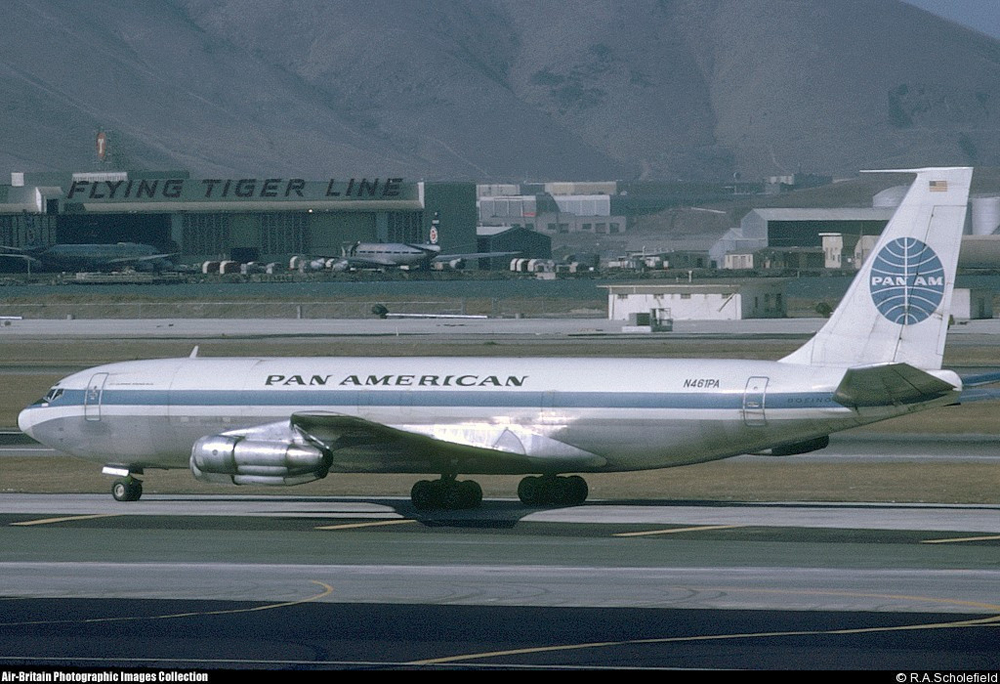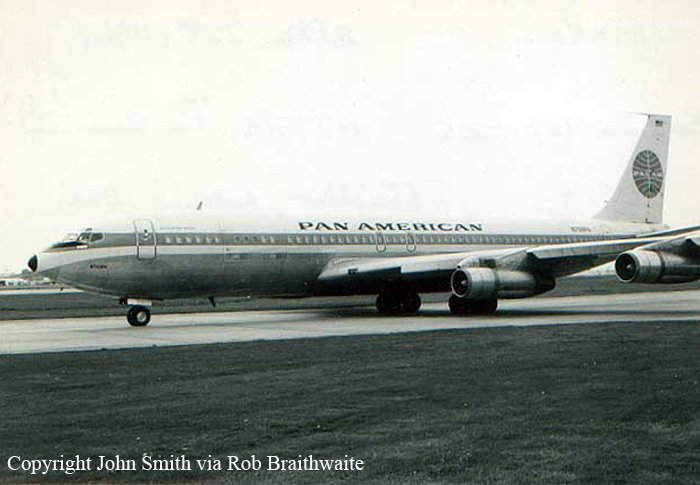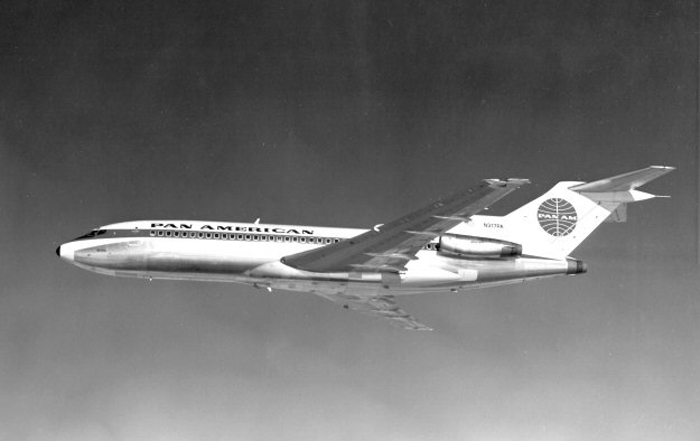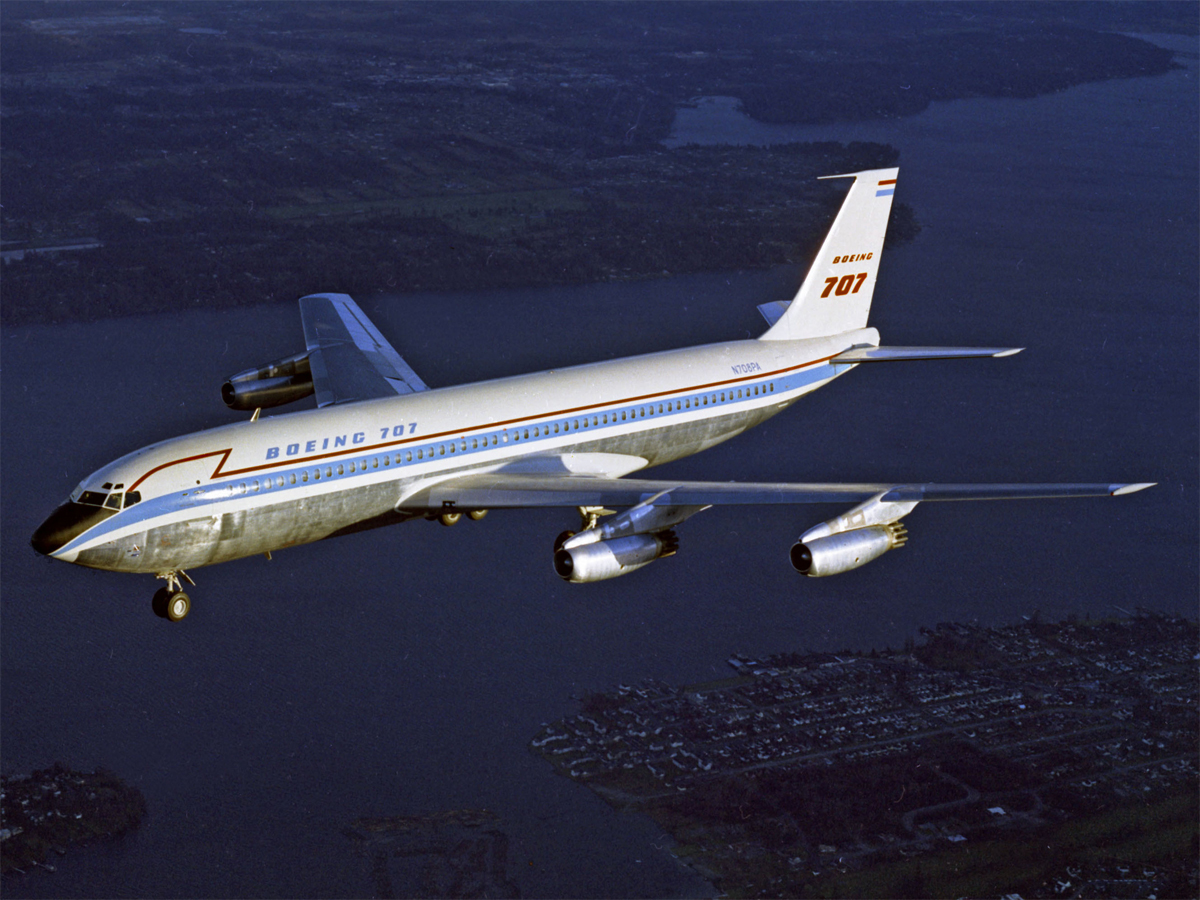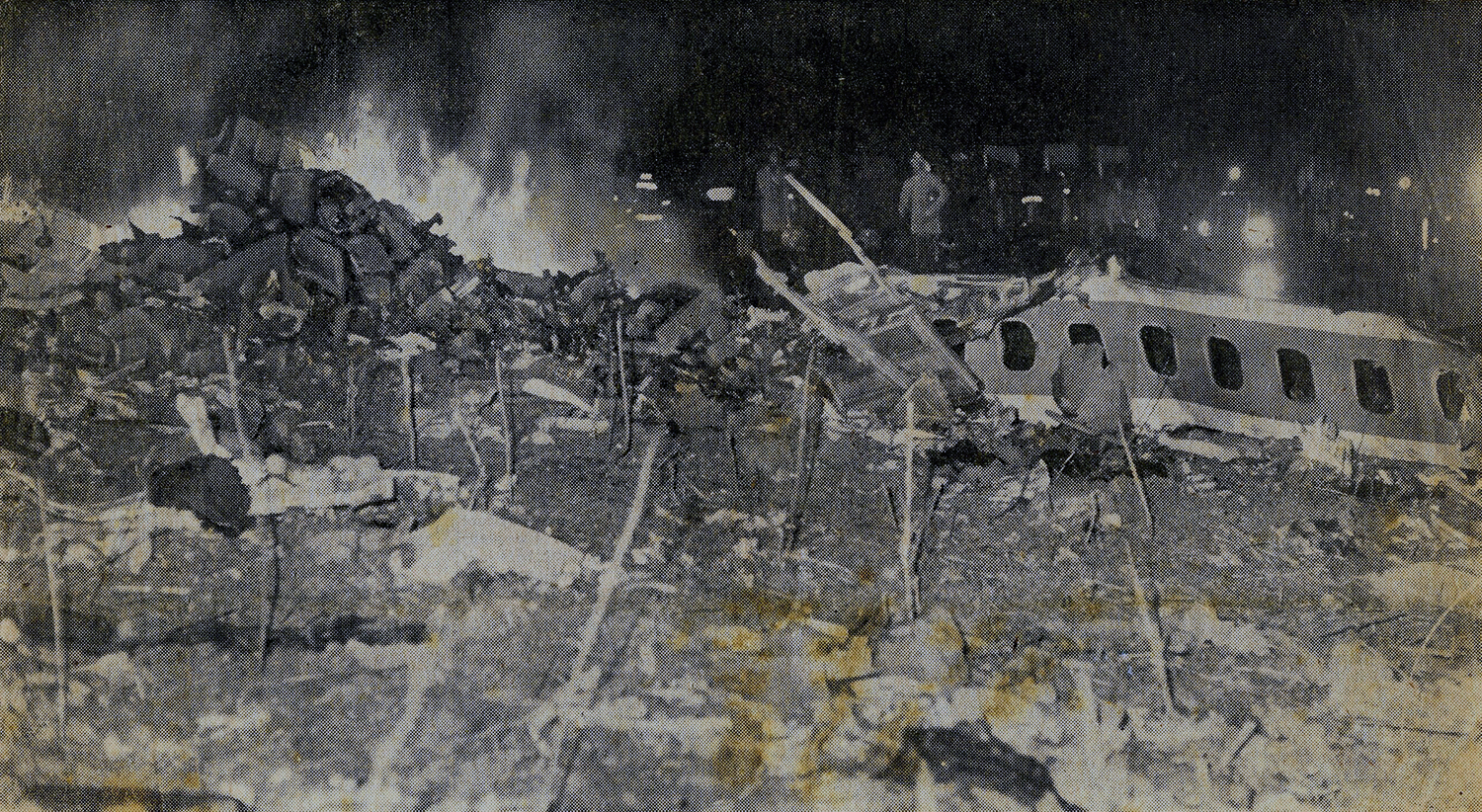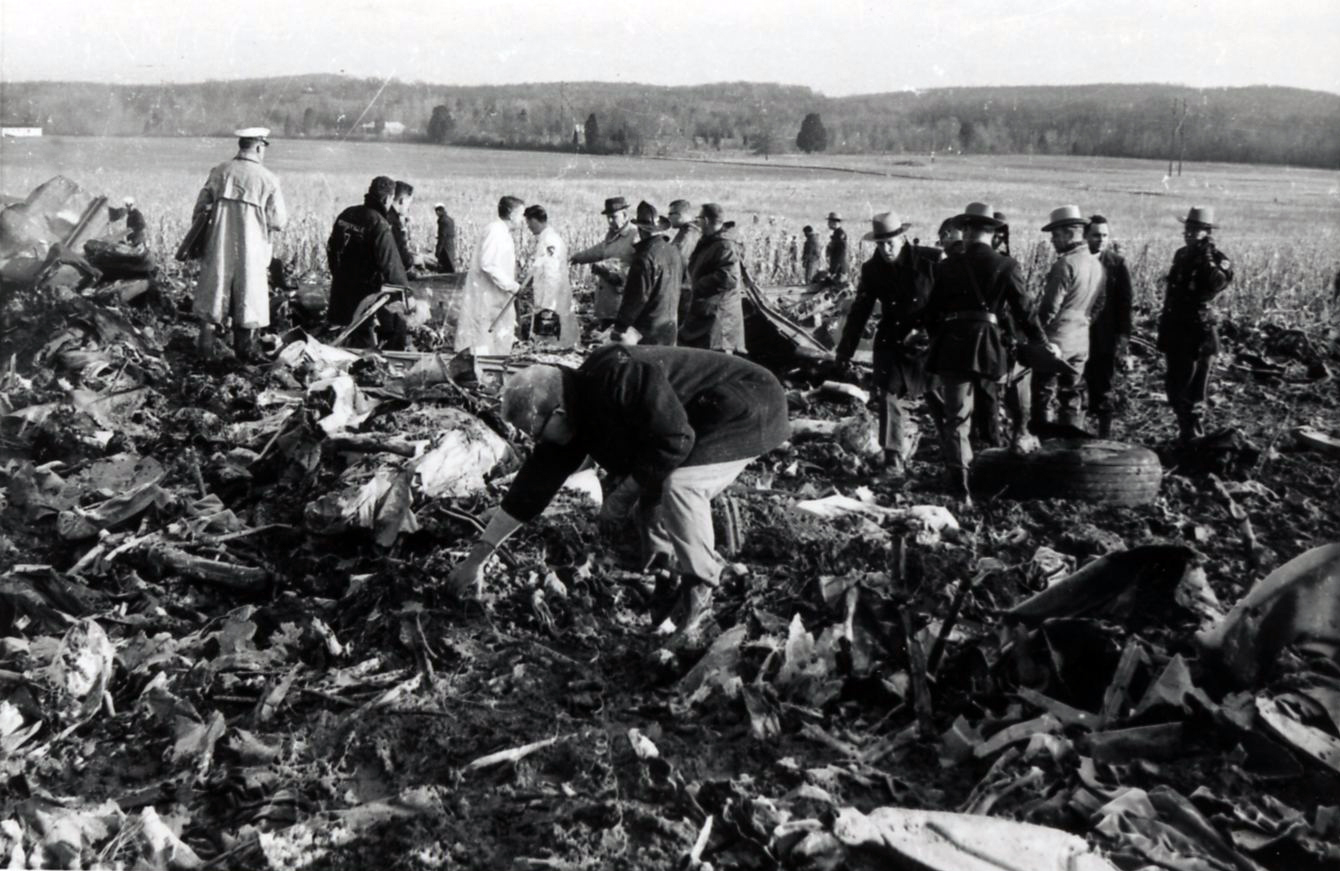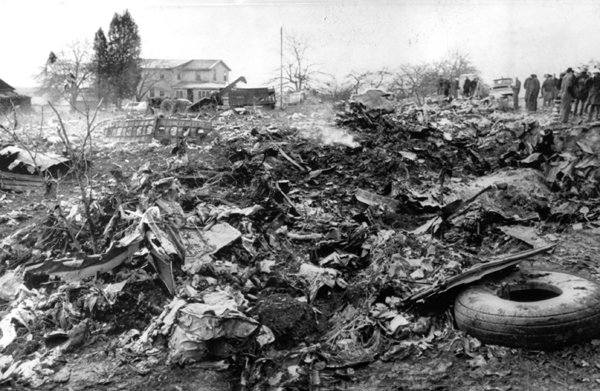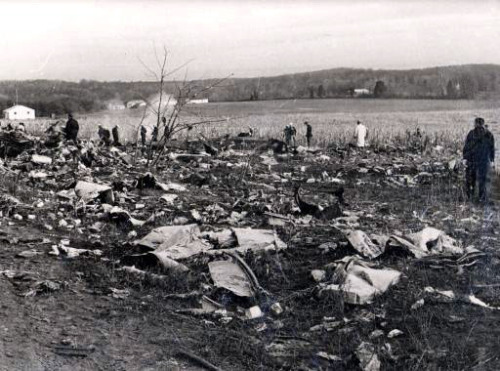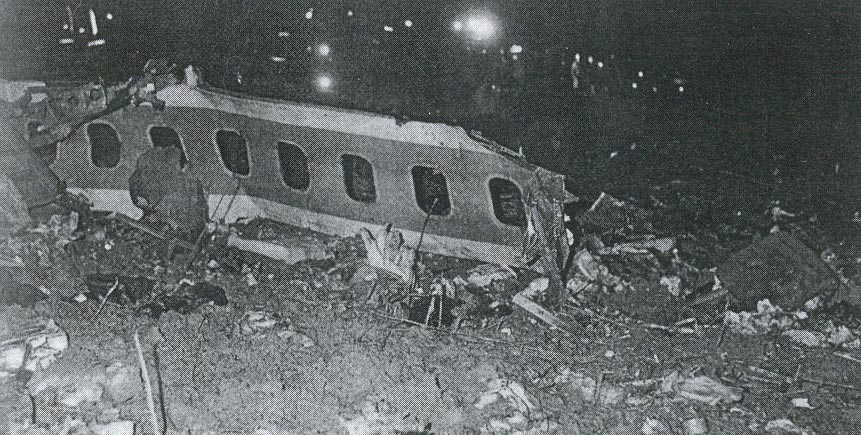Crash of a Boeing 707-321B off Papeete: 78 killed
Date & Time:
Jul 22, 1973 at 2206 LT
Registration:
N417PA
Survivors:
Yes
Schedule:
Auckland - Papeete - Los Angeles
MSN:
18959/470
YOM:
1966
Flight number:
PA816
Crew on board:
10
Crew fatalities:
Pax on board:
69
Pax fatalities:
Other fatalities:
Total fatalities:
78
Captain / Total hours on type:
8384.00
Copilot / Total hours on type:
9248
Aircraft flight hours:
27314
Circumstances:
The airplane was completing a internationaal service from Auckland to Los Angeles with an intermediate stop in Papeete, Tahiti. After a night takeoff from Papeete-Faaa Airport runway 04, while climbing to a height of 300 feet, the pilot-in-command initiated a turn to the left according to departure procedures. Then the aircraft entered a left banked, lost altitude and crashed into the sea about 3 km offshore. Few debris were found floating on water and one passenger was evacuated while all 78 other occupants were killed. The aircraft sank by a depth of about 700 meters and both CVR and FDR were not found.
Probable cause:
Due to lack of evidences, the exact cause of the accident could not be determined with certainty. However, it is considered possible that the loss of control during initial climb was the consequence of an instrument failure that may have diverted the crew's attention. As the accident occurred by night over the sea, there were no visual references available and the assumption that the pilot-in-command may have suffered a spatial disorientation was not ruled out.
Final Report:

